Reverse Engineering a Broken Night Light - Part 1 - Tear Down
We bought our first Night Light a fortnight after our daughter was born. It served us well over the two years before it finally broke. Parts wore down over time, bits started breaking, but it did a solid job of providing 10 hours of illumination, every night for two years.
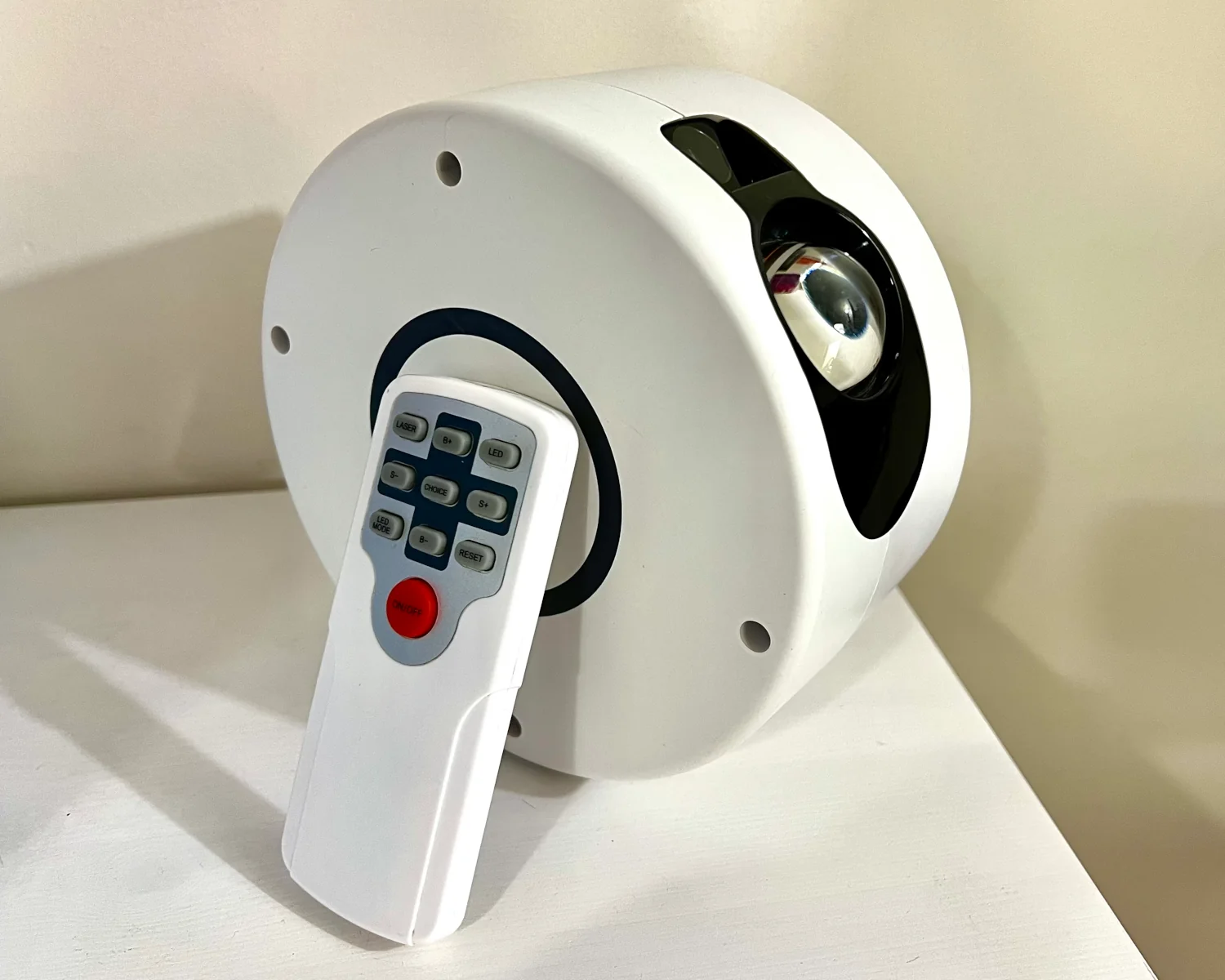
We liked it so much, we went out and bought another as a replacement. Like many pieces of consumer electronics on Amazon, it's available from a whole host of brands. Our first was a "Bozhihong" and the second one we purchased was made by "axGear". The common thread through all these night lights' names is the ever so succinct "Star Projector,LED Galaxy Projector Light with Nebula,Night Light Projector with Remote Control".
Ten months in, and this light started to wear out too. The first symptom is increased motor noise, which kind of defeats the purpose of a night light. This was the start of the downward spiral for our old one too, so we can probably expect the new one to pack in completely pretty soon.
Trying my best to avoid another piece of e-waste going to landfill, I sent a message to the manufacturer to ask about spare parts or repairing it. Unfortunately, their only response was:
Hello friend, we are very sorry about this and you can request a refund or exchange.
I will not let this piece of consumer electronics go to the dump just because it's "cheap".
I'll admit to being a bit of a pack rat for electronics, hoarding old tech, and I'd actually kept the first, broken, night light to see if I could salvage any parts from it. Now, I hope to tear it down, reverse-engineer whatever's left, and build it back in to a working light—possibly with some extra "smart" features. Most of the PCB houses have a minimum order quantity, so if I can design something, I'll have enough boards to get both night lights back up and running.
Starting out
There's one hint that something interesting is going on before I even open anything up. The Amazon listing states:
[Tip]:Buyers who need to purchase 2 units please note: 2x devices cannot be operated independently in the same house.
This implies that they're not using normal, line-of-site, infrared communication in the remote control, but something else. Funnily enough, the LED on the remote does behave a little strange. Instead of being invisible to the naked eye and faintly visible to digital cameras, this LED glows a dull, but very visible, red when it's on.
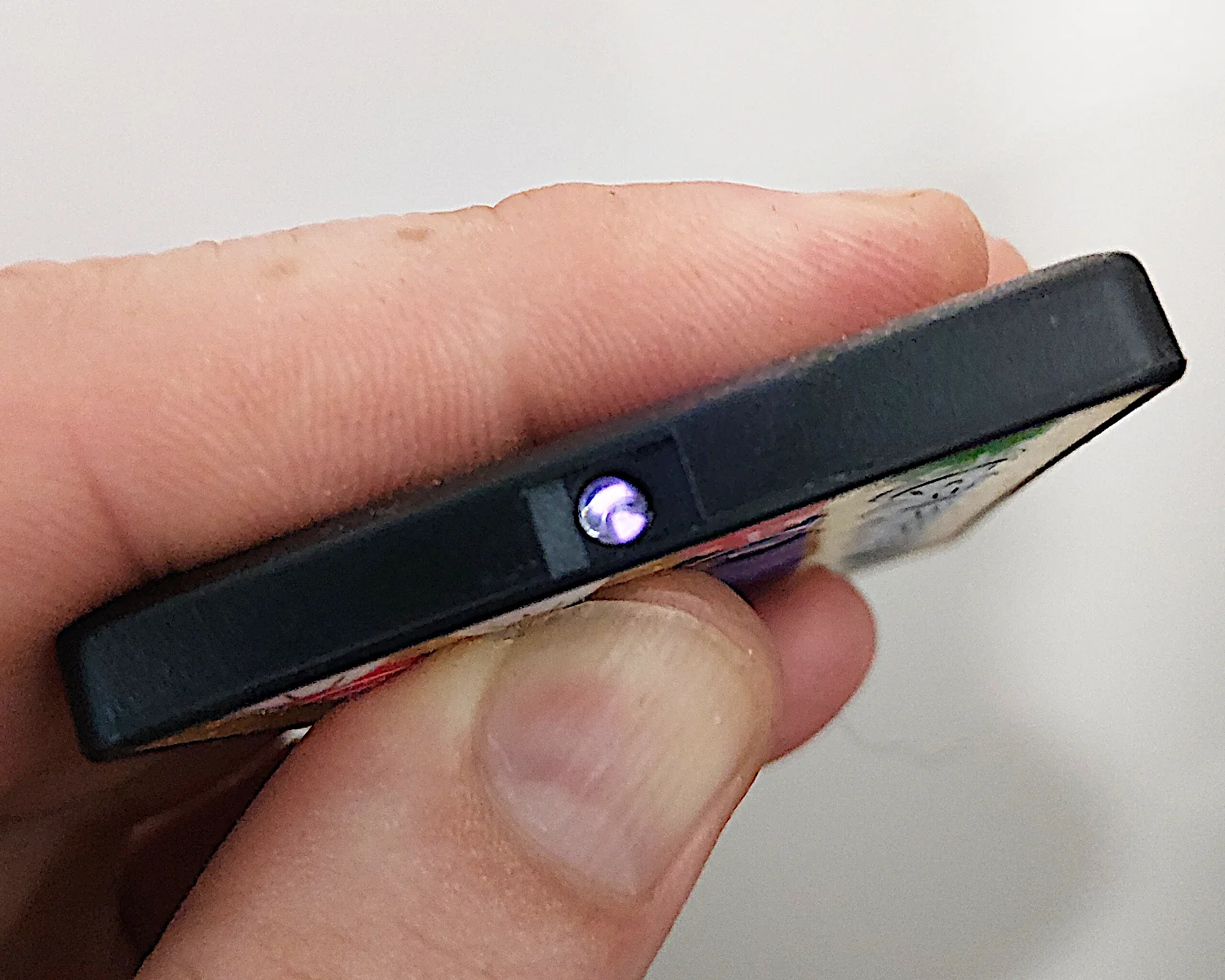
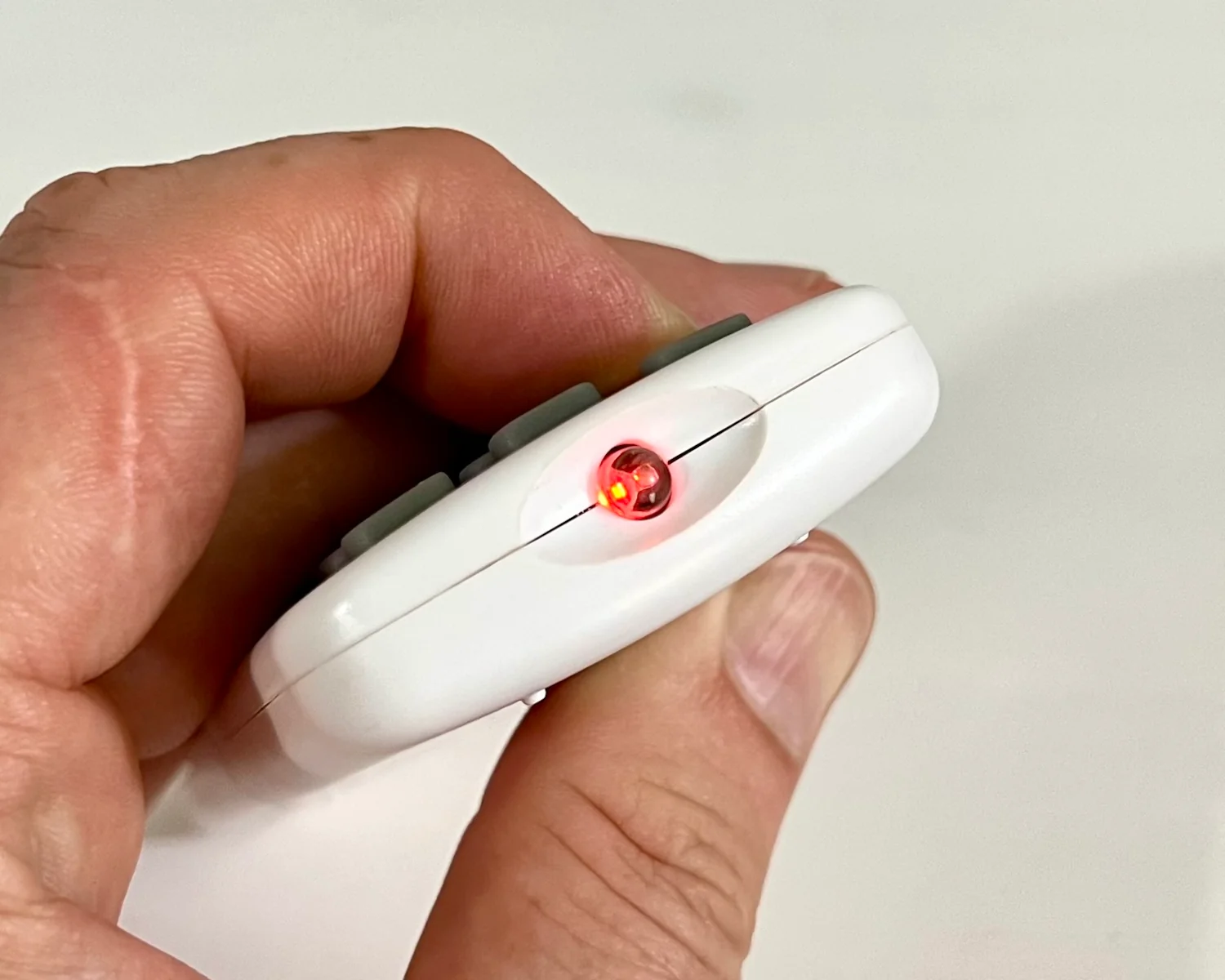
Is this just a placebo LED, chosen to fill a hole in a pre-designed and reused remote control shell? Cracking open the night light and the remote reveals PCB trace antennas and crystal oscillators for 433 MHz.
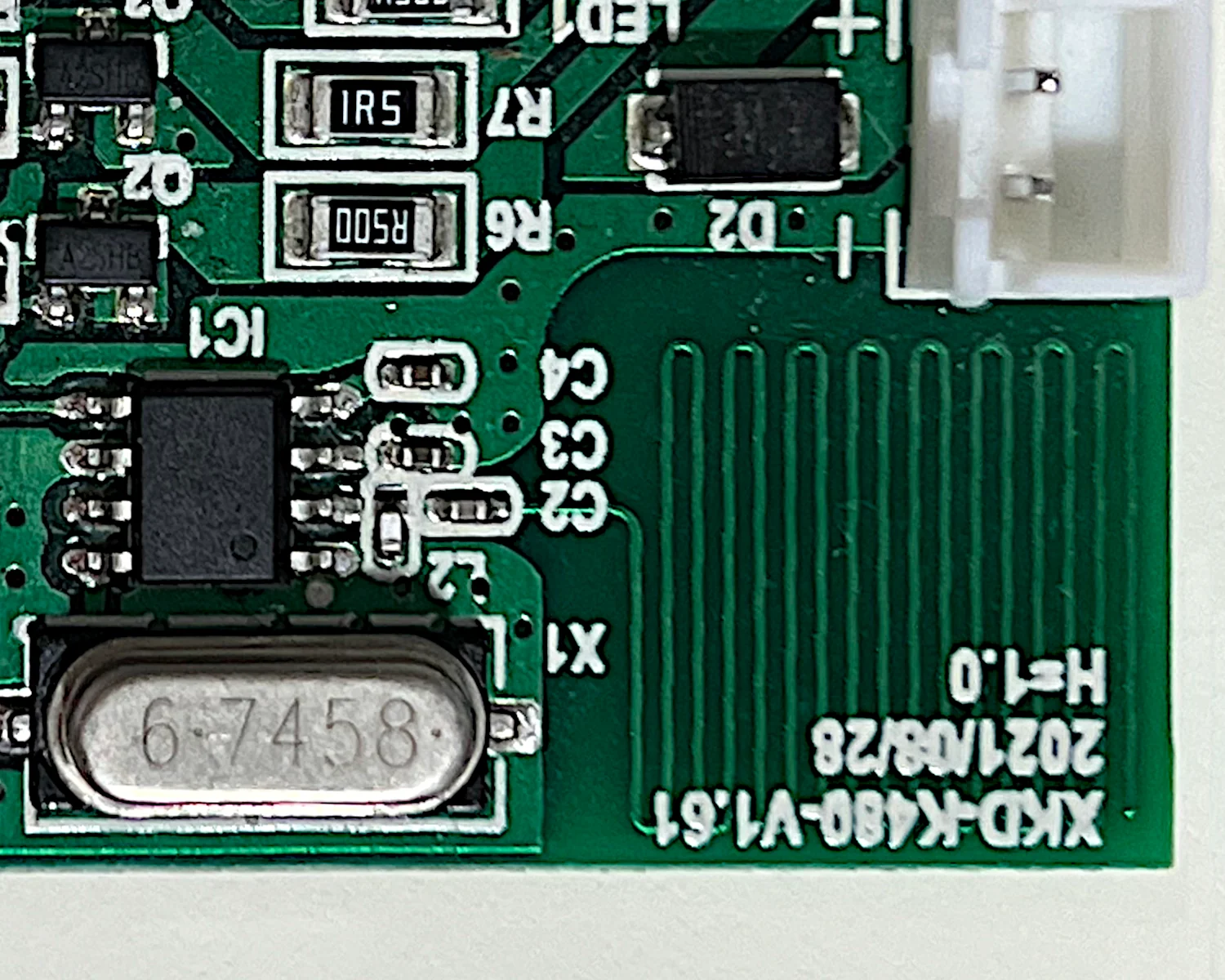
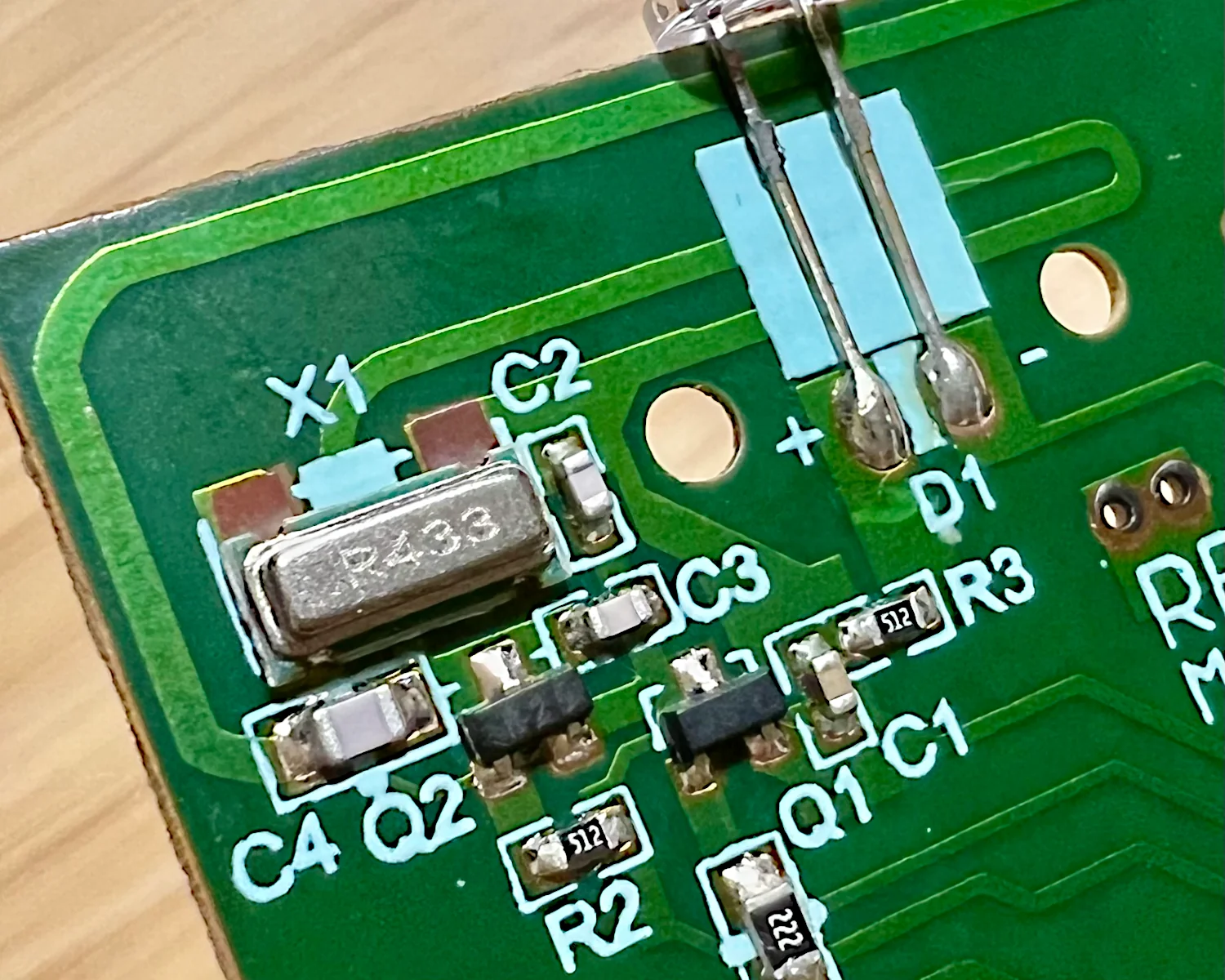
They're using RF remotes, not IR remotes. This explains the manufacturer's warning about not using more than one in a household. They'd likely interfere with each other, turning both lights on and off from the same remote.
With the cases open, I can now take some high-resolution photos of the PCBs and begin to reverse-engineer the circuit layouts.
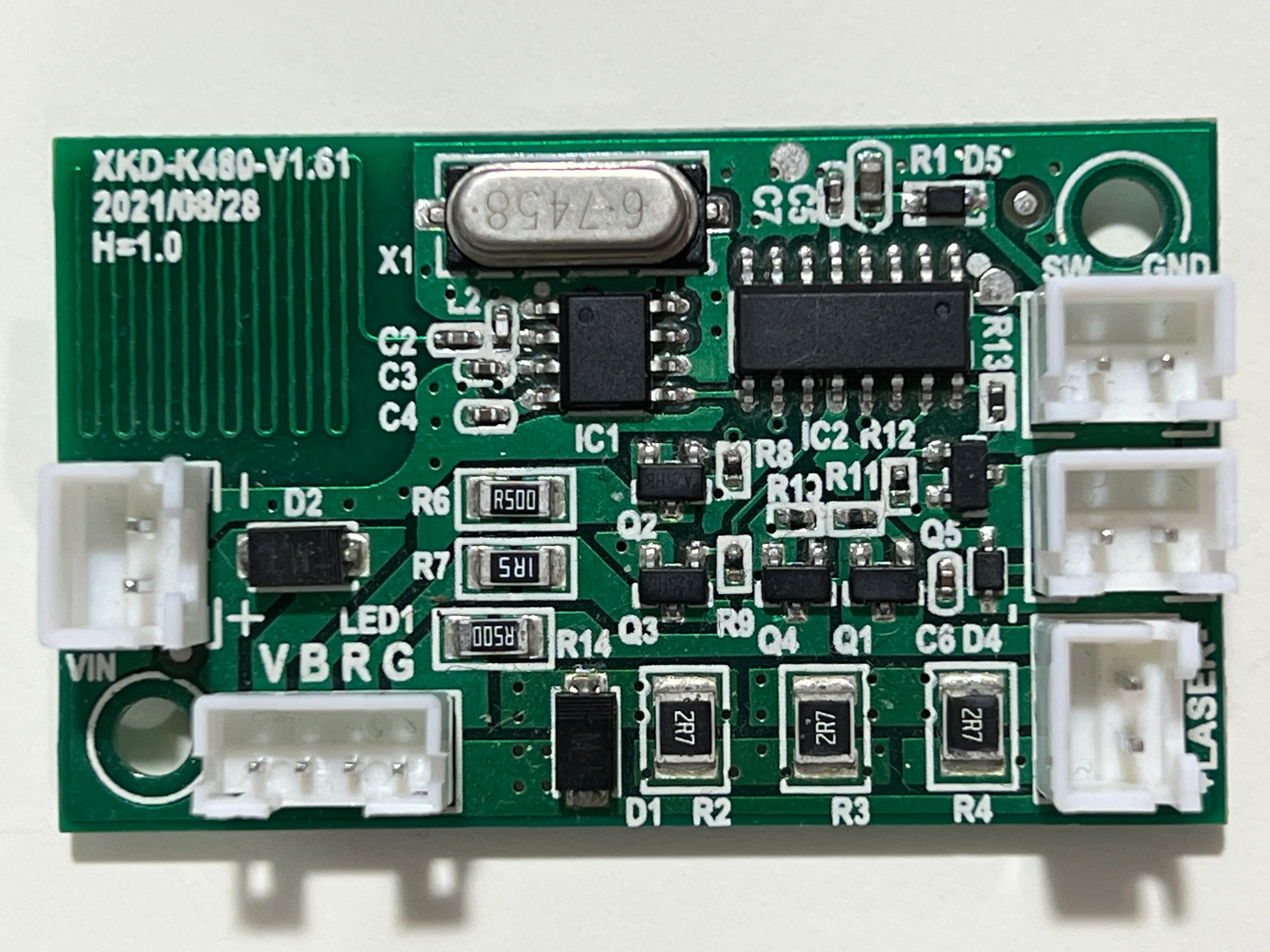
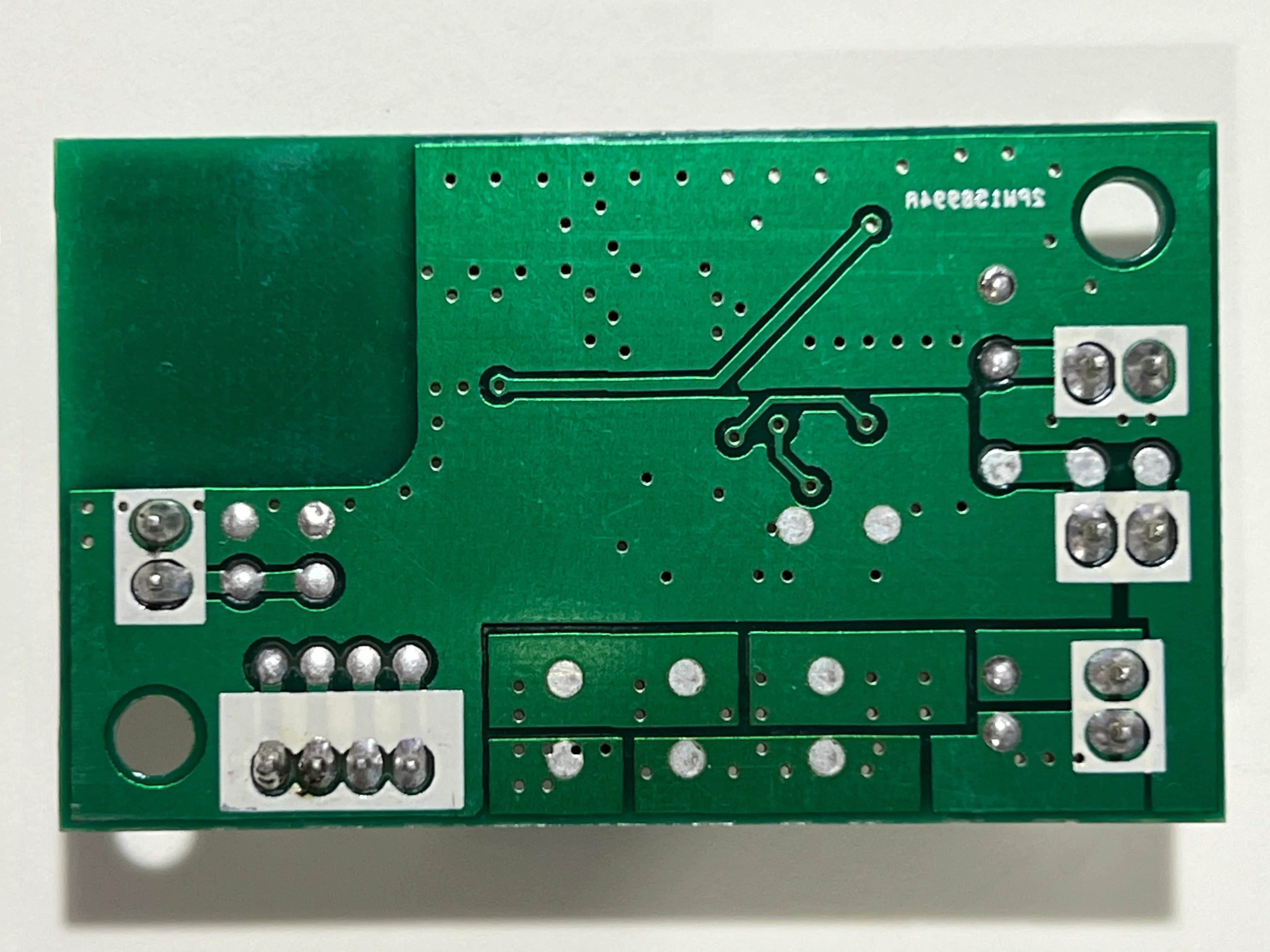
More on that next time...
2025-07-14